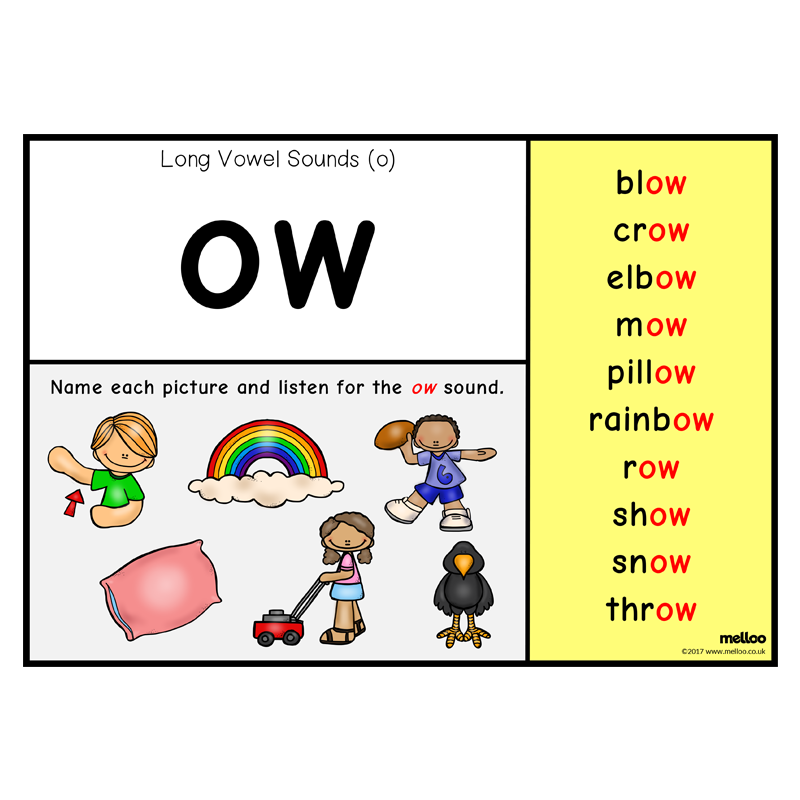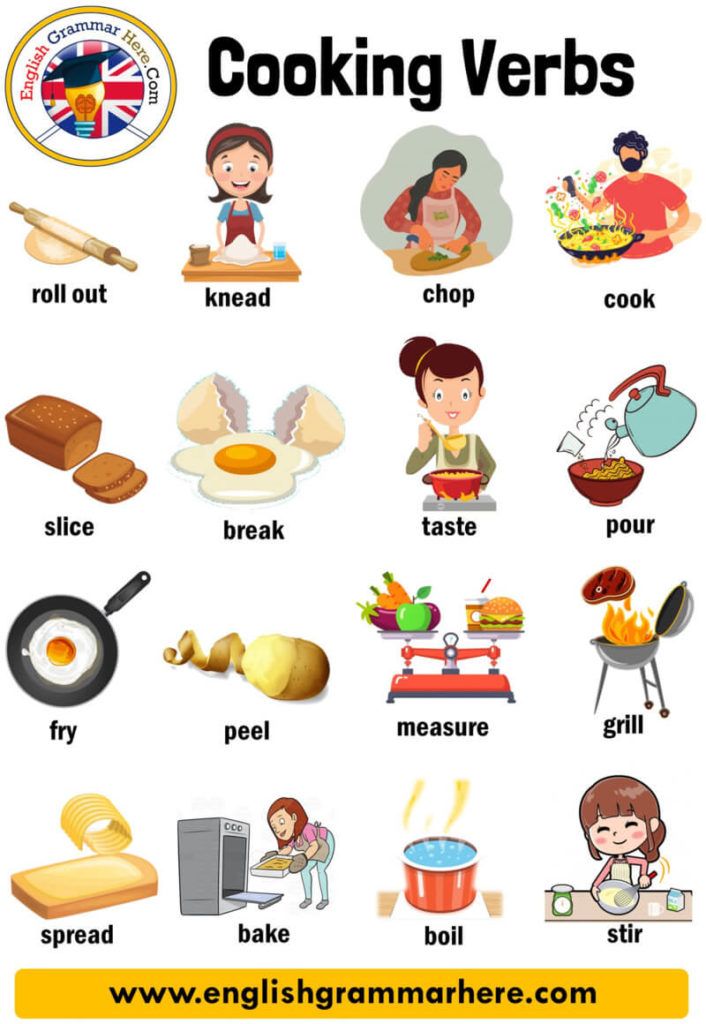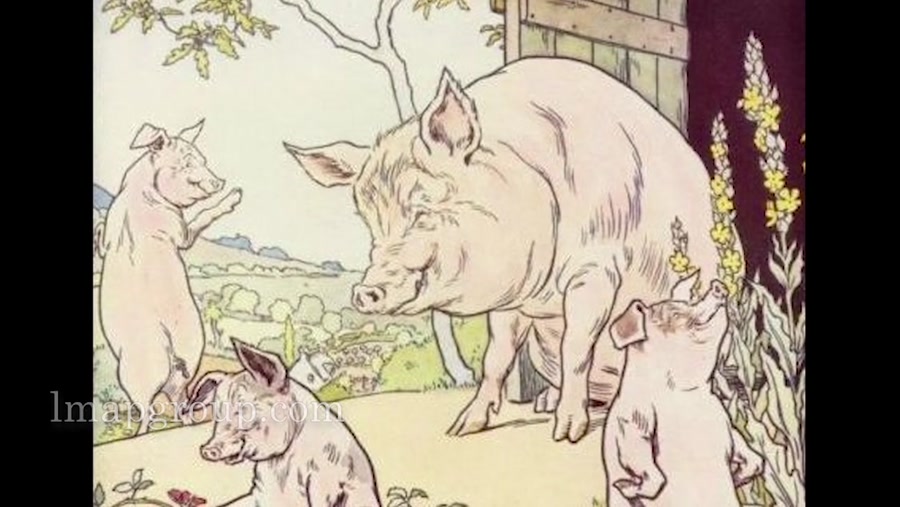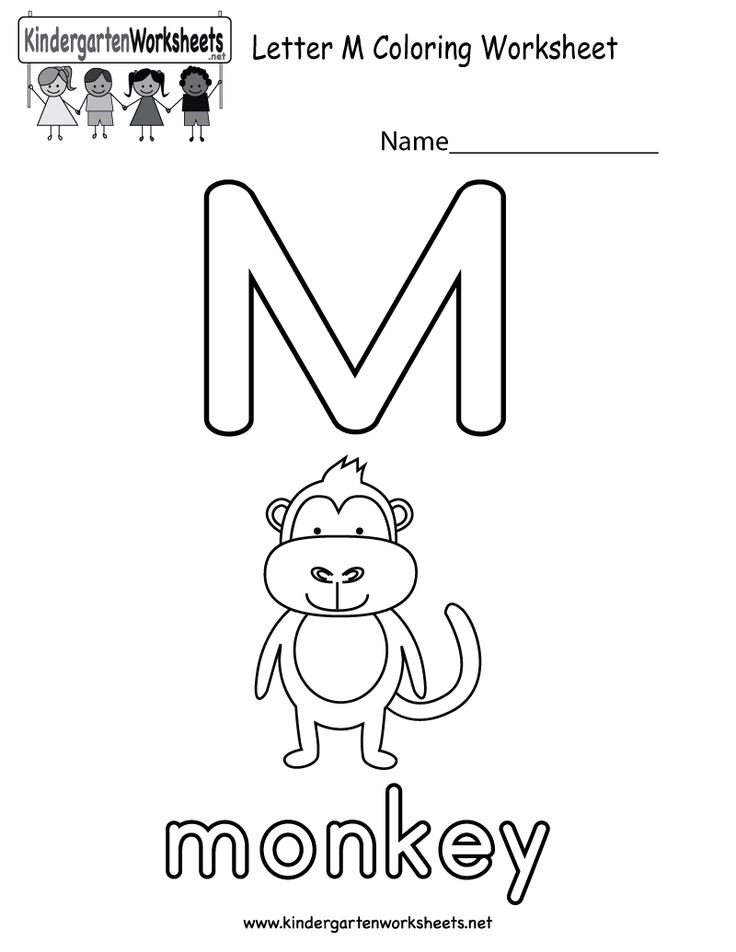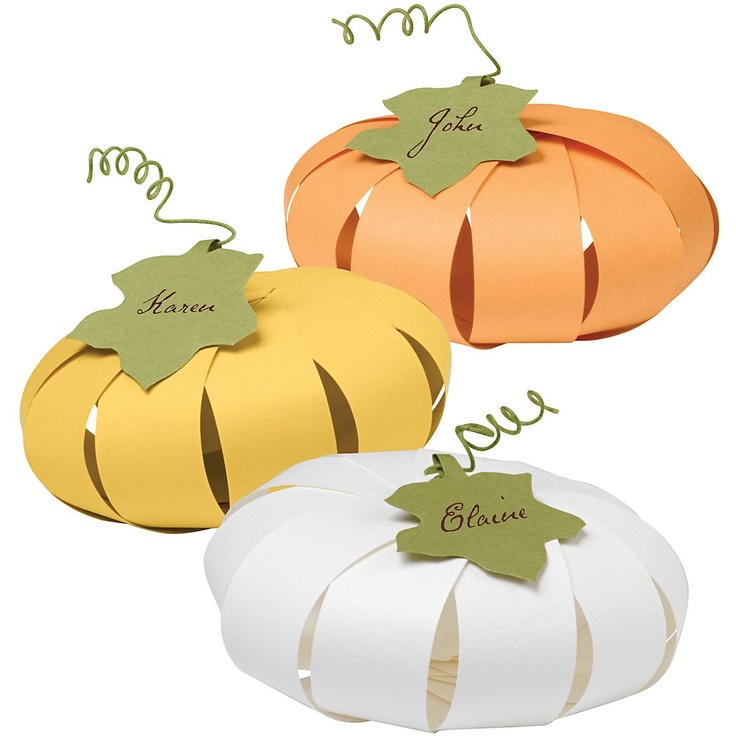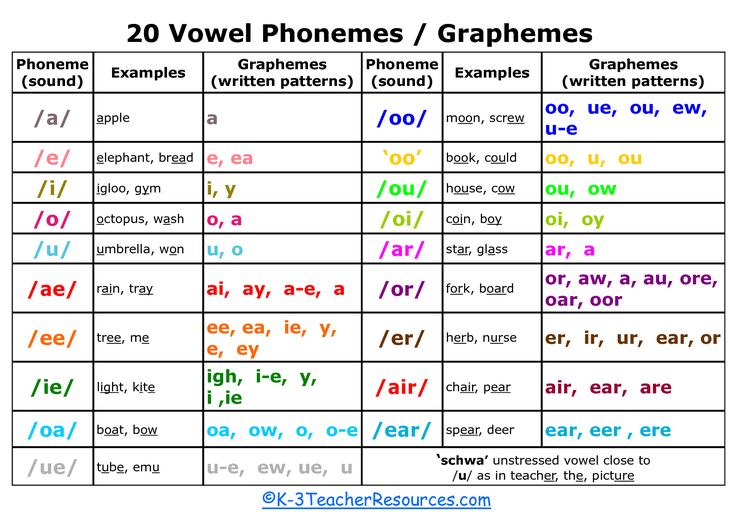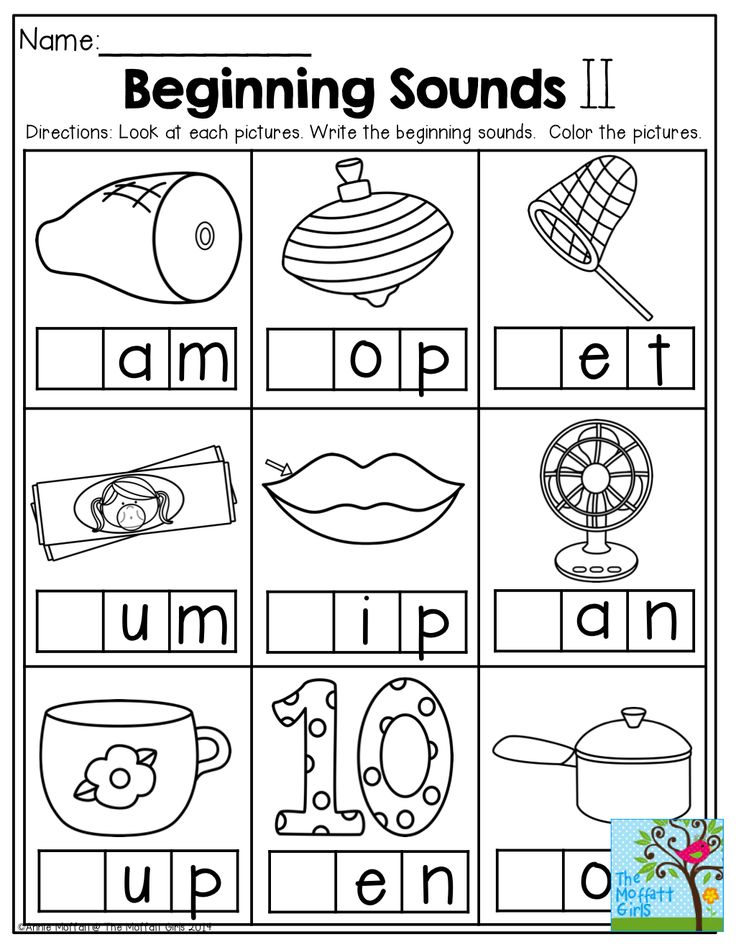Long vowel o sound words
How To Teach The Long O Sound
Sharing is caring!
- Share
- Tweet
Long O can be a tricky sound to teach because there are a few different ways to spell it. But I’m breaking down how you can easily teach this sound and all its spelling patterns.
Plus, I got you covered with my free Long O Words List. You can download the list pictured by signing up below. If you don’t see the signup form, click here.
Five Ways To Spell Long O
The long o sound can be represented by 5 different spelling patterns:
- o – go
- o_e – phone
- oe – toe
- oa – boat
- ow – snow
Spelling Generalizations For Long O
O_E spelling pattern
The o silent e spelling pattern is the most common way to spell the long o sound so I would start here. Of course, students should be confident with the
magic e syllable. These words are one syllable. Some examples of long o words with silent e are phone and joke.
Just O
In open syllables, the long o sound is represented by just the letter o by itself. They can be one syllable words but more often they are 2 syllables or more. Examples include go, total, and tomato. It often appears at the end of both short and long words.
Students must understand open and closed syllables to be able to apply this.
OA Vowel Team
The oa spelling of long o usually appears at the beginning or middle of a one syllable word. Examples include: oat, boat, and toast.
OW Vowel Team
The ow spelling of long o usually appears at the end of a one or less commonly two syllable word. Examples include: snow, tow, and window.
An exception to this is when the irregular past tense is formed with an n such as: grown and blown. The original word does follow the rule, we simply add the n to make it past tense.
The original word does follow the rule, we simply add the n to make it past tense.
OE Vowel Team
The oe spelling of long o usually appears at the end of a word. Examples include: foe and toe. This is the least common and can appear in compound words in the base word. I would teach these in a group since there are so few words and remind students that these are rare and are short one syllable words.
Tips For Teaching The Long O Sound
When you start teaching long o, you really have to focus on spelling generalizations, homophones, and homographs. Teach one spelling pattern at a time, and once one is mastered you can add in another. It’s much easier to learn how to read these than to learn how to spell. Since they all sound the same and can appear in the same place, choosing the right spelling pattern can be tricky.
Teach the process for deciding on the spelling pattern.
Once students are familiar with all the options for spelling long o and they know open syllables and the silent e syllable, you can teach them the process for determining the spelling pattern a word has.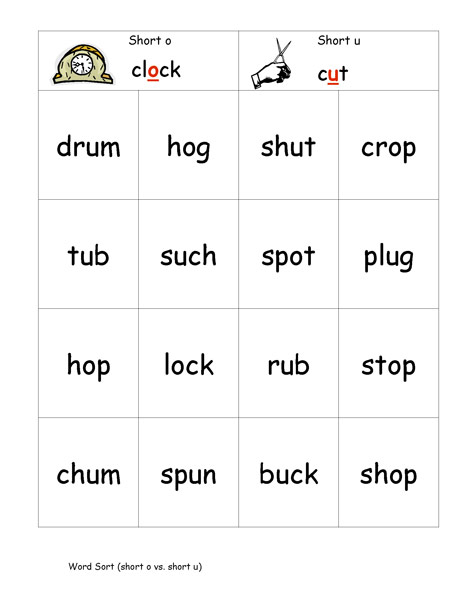
When students come across a word with long o and they need to figure out which spelling pattern to choose, here are the questions they can ask:
- Is there more than one syllable?
- Is there a base word?
- Where is the long o sound in the word?
- Could this be one of those rare oe words?
Break the word into its syllables, and go through the questions.
From there, they can go through the most common options first. So that would be the o_e or just o, then the vowel teams.
If it’s a one syllable word, they need to choose between o_e, a vowel team, or the less common option of just o. Figure out where the long o sound is. If it’s at the beginning, try oa. If it’s at the end, try ow.
If it’s more than one syllable, check if it’s an open o, which in that case would be spelled as just o.
If there is a base word, focus on that part of the word.
This will take some practice so try using the checklist below (it’s available in my freebies library) to go through a set of words with your students a few times, then have them do some more on their own.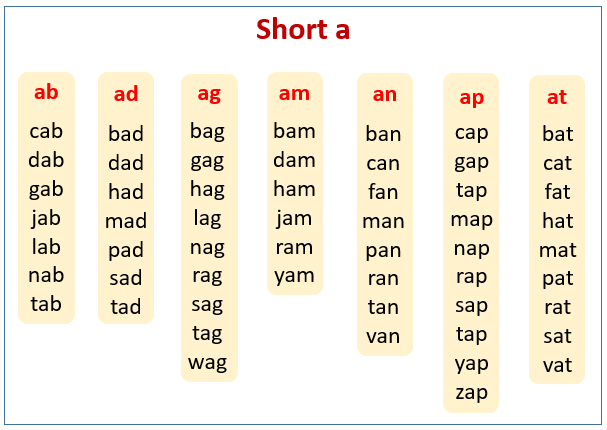 This is the same process they will use with other long vowel sounds so it’s a great skill for them to have.
This is the same process they will use with other long vowel sounds so it’s a great skill for them to have.
Also, because there are multiple options expect students to get them wrong sometimes, and tell them this! It’s ok if they make mistakes as long as it’s another valid spelling option and not something that doesn’t follow any rules. Through repeated exposure and practice they will eventually internalize the correct spelling pattern for words.
Long O Activities & Lesson Ideas
Picture cue cards – Create visual graphics of tricky words, homophones, and homographs. These picture cues really help students remember which pattern to use. I suggest you make these using flashcards and keep them in a baggie or box for reference. See an example below.
Sorting – Sorting is always a good idea when you have multiple options for spelling. You can play matching games like memory, just sort them into piles/columns, or create any game that requires sorting by spelling pattern.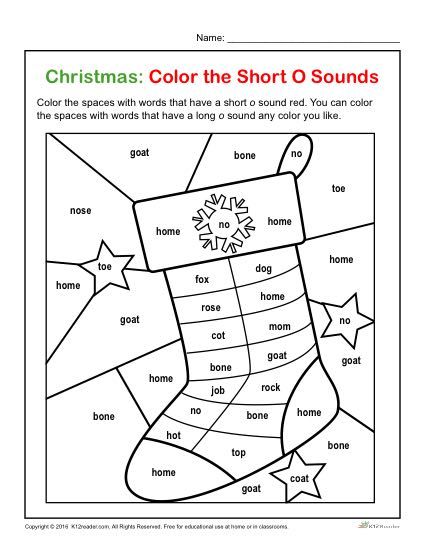 This builds phonemic awareness so it’s always a good activity for all students.
This builds phonemic awareness so it’s always a good activity for all students.
I include 3 different sorting activities for the long o sound in my Long O Worksheets & Activities set.
Phoneme Grapheme Mapping – This is a great activity that really isolates the phonograms for students to practice. You can get the Phonics & Spelling Through Grapheme Mapping book and follow the long o lesson, or use my word list to do the same activity using sound boxes. See below for an example.
SOS – If you don’t already know what Simultaneous Oral Spelling is, then check out this post here. I love this multisensory spelling method for practicing spelling. And you can do this whole class or one-on-one making it really easy to use in any setting.
Dictation – This is another fantastic activity but I would do this after you have spent some time on long o because it is harder for students. Also when dictating words, give students a clue about the spelling such as telling them it’s a vowel team or open syllable.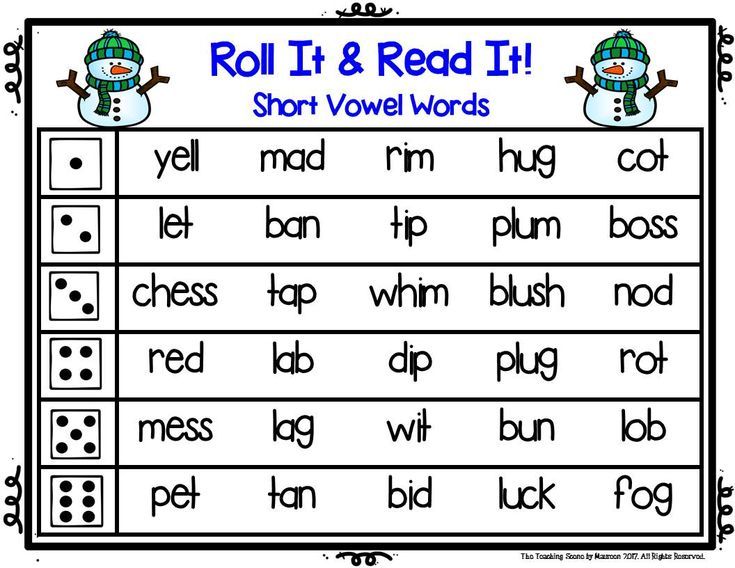
Games – Of course, I always include games because it’s just so easy to add a stack of flashcards to any game and make it educational! Use an easy to play board game where students need to pick up a card on their turn and add a task like reading the word aloud and sorting it, or asking another player to spell it, or even something as simple as having them air write the word after reading it aloud. Or print off a teacher-made game from my Long O Word Work along with several other games and activities.
Constant Review – Remember to keep these spelling patterns in constant review after they are learned, so they are not forgotten. Using a sound wall is a great way to do this without it taking any extra time.
*I offer a free sample of these digital long o activities in my freebies library.
Want to remember this? Save How To Teach The Long O Sound to your favorite Pinterest board!
Sharing is caring!
- Share
- Tweet
131+ Long O Vowel Sound Words (Free Printable List)
Grade 1 | Grade 2 | Long Vowels | Phonics
ByKatie
This post may contain affiliate links. Please see our disclosure policy.
Please see our disclosure policy.
Learn about the five ways to spell the long o sound: o, o-e, oa, ow, and oe. You’ll also get two lists of 131 long o sound words, organized by spelling pattern and syllable type.
Subscribe and Never Miss a Freebie!
Table of Contents
- All About Long O
- Long O Word List
- Multisensory Spelling
- Related Posts
- Download & Print
All About Long O
It’s so important to teach students the long vowel rule: Long vowels say their name!
- Long a says /ā/ like acorn.
- Long e says /ē/ like equal.
- Long i says /ī/ like ice.
- Long o says /ō/ like ocean.
- Long u says /yoo/ like unicorn, OR /oo/ like ruler.
Teaching students all the different ways to spell and recognize long vowel sounds will help them become much more independent and confident readers!
There are 5 ways to spell Long O:
- o like no.
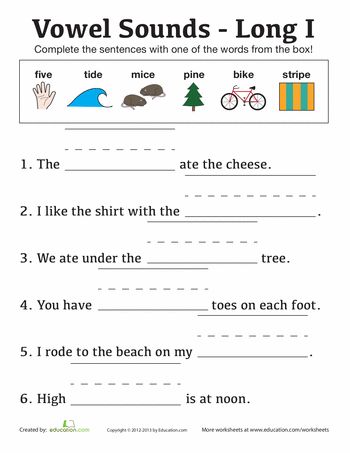
- o-e like home.
- oa like boat.
- ow like bow.
- oe like toe.
The long vowel O sound can be heard at the beginning (open), middle (pony), or end of a word (no). Long O sound can be spelled with a silent e (VCe pattern), a vowel team, in an open syllable, or in a closed syllable exception.
It’s important that children are familiar with the spelling patterns for long vowel O and can read and spell them with accuracy. Be sure you follow a scope and sequence that will introduce each one of the spellings in an order that makes sense and builds upon previously taught skills. Recipe for Reading is a great one to follow.
We hope these lists are helpful resources as you teach your students the different ways to read and spell long O.
Long O Word List
👉 Scroll to the bottom of this post for a FREE printable comprehensive word list with 131 long O sound words!
O – Open Syllable Words & Wild, Old Words
O says its long sound in an open syllable (a syllable that ends in a vowel). This can be a one-syllable word like no or a multisyllabic syllable word like volcano.
This can be a one-syllable word like no or a multisyllabic syllable word like volcano.
O will also say its long sound in closed syllable exceptions or rule breaker words. Some refer to these as Wild, Old Words.
These include some one-syllable words that end in -old, -olt, -ond, and -ost.
| Long O Sound Words – One Syllable | Long O Sound Words – 2+ Syllable |
| no | buffalo |
| so | hello |
| go | open |
| oh | ago |
| told | moment |
| both | ocean |
| cold | cargo |
| don’t | notice |
| won’t | only |
| old | over |
| most | motion |
| hold | okay |
| gold | pony |
| colt | Rosa |
| post | frozen |
O-E Words (Long O with Silent E)
These words include long O that follow the VCe pattern (vowel-consonant-e), specifically o-e.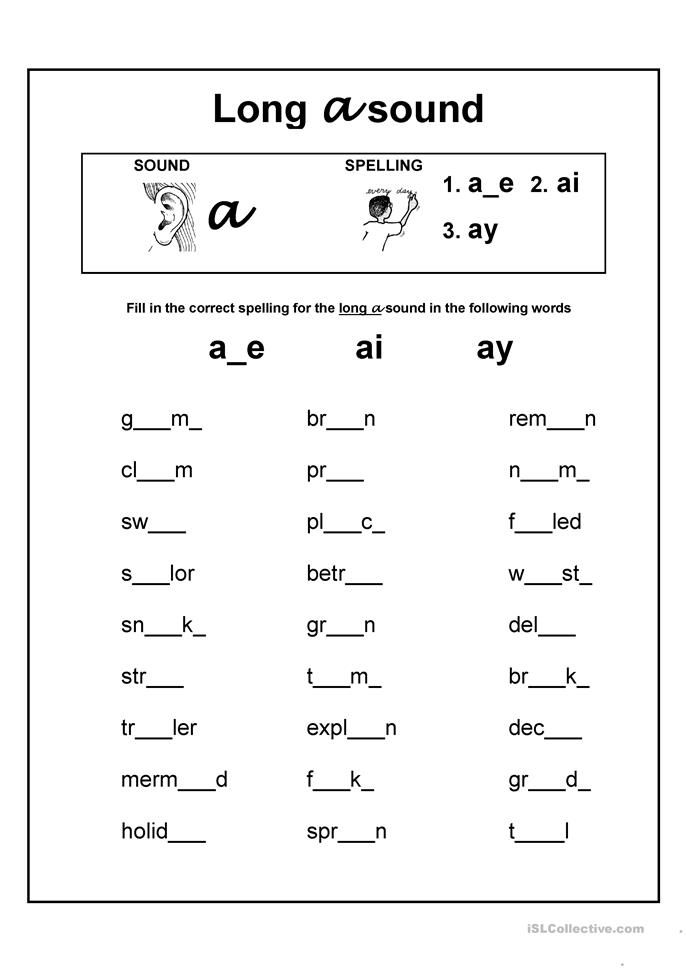 They can also be called Magic E Words or Silent E Words.
They can also be called Magic E Words or Silent E Words.
The job of the E is to stay silent and make the O say its name. This spelling pattern is used at the end of root words.
| Long O with Silent E Words – One Syllable | Long O with Silent E Words – 2+ Syllable |
| home | envelope |
| those | telephone |
| whole | alone |
| close | expose |
| stone | telescope |
| nose | remote |
| hole | compose |
| wrote | backbone |
| hope | explode |
| rose | propose |
| spoke | Jerome |
| broke | tadpole |
| rope | suppose |
| vote | antelope |
| stove | microscope |
OA – Vowel Team
This vowel team follows the old jingle you probably learned as a kid: “When two vowels go walking, the first one does the talking. ”
”
👉 Please don’t teach your students this as a ‘rule’ because it actually only works about 35% of the time (meaning it’s not true 65% of the time).
Instead, it works in this instance, when the two vowels come together to make the long vowel ō sound.
| Vowel Team OA Words– One Syllable | Vowel Team OA Words– 2+ Syllable |
| boat | toaster |
| road | railroad |
| coat | approach |
| toad | coastal |
| coast | charcoal |
| coal | cocoa |
| throat | moaned |
| coach | oatmeal |
| oak | raincoat |
| goat | roadside |
| load | roasted |
| soap | steamboat |
| goal | unload |
| float | afloat |
| oat | overload |
OW – Vowel Team
The vowel team OW is used at the end of a root word.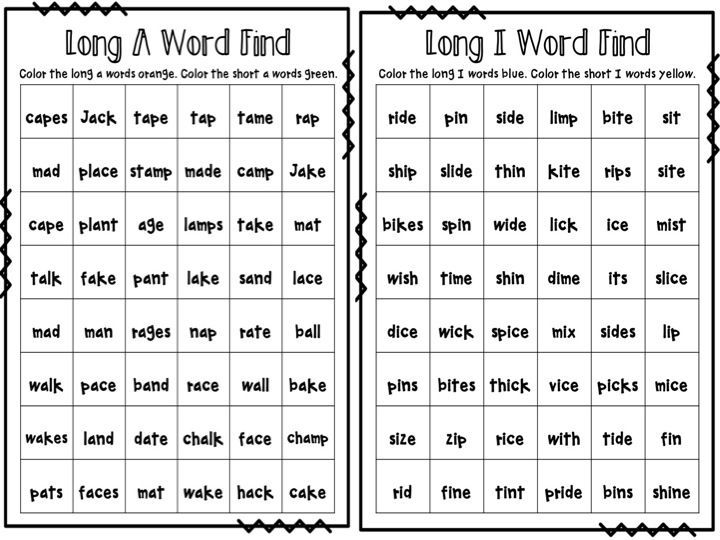 It can also be used before the letter L or N like in bowl or grown. In this vowel team, the W functions as a vowel.
It can also be used before the letter L or N like in bowl or grown. In this vowel team, the W functions as a vowel.
OW is also a diphthong used in the word cow. These phonograms ow/ow look exactly the same, so the reader must rely on context to know which sound to apply. For example:
- The star of the show took a bow at the end of the play.
- The girl wore a big bow in her hair.
| Vowel Team OW Words – One Syllable | Vowel Team OW Words – One Syllable |
| bow | window |
| know | below |
| own | follow |
| show | yellow |
| grow | tomorrow |
| known | lower |
| snow | narrow |
| low | shadow |
| slow | fellow |
| shown | owner |
| throw | meadow |
| blow | shallow |
| flow | arrow |
| bowl | swallow |
| crow | pillow |
OE – Vowel Team
Only a few words in English use this vowel team (about 15 in total).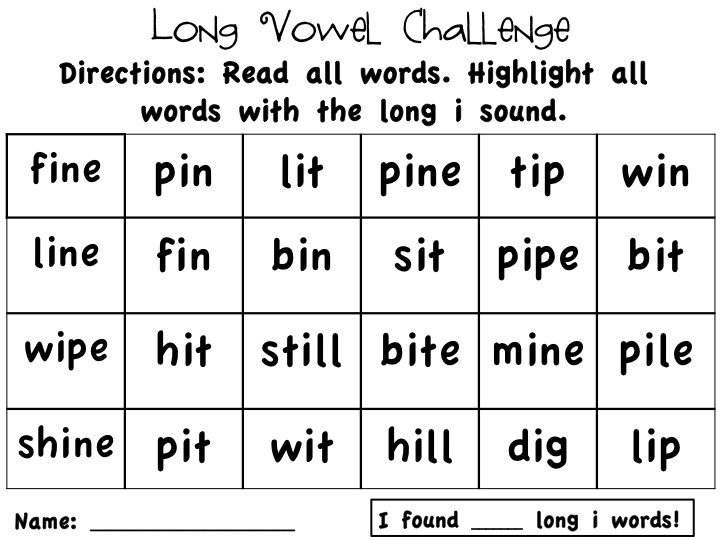 Don’t spend too much time on this vowel team since its frequency is so minimal. Included on this list are the ones kids will likely encounter and need to know.
Don’t spend too much time on this vowel team since its frequency is so minimal. Included on this list are the ones kids will likely encounter and need to know.
Words with Vowel Team OE: toe, Joe, hoe, doe, foe, woe, goes, aloe, oboe, tiptoe, mistletoe
Multisensory Spelling
Make it multisensory by incorporating sand, salt, or sugar spelling! Every time you introduce a new spelling pattern, kids add a grid to the cookie tray.
Incorporate Simultaneous Oral Spelling (SOS) where children say the letters as they write them. This engages 4 of the 5 senses and makes the spelling patterns stick. Eventually, students will progress until they can write all five ways to spell the Long O sound.
In this video you’ll see that this student has learned the first four ways to spell long O. Once the last spelling pattern is introduced, he will then add a grid to and write the five ways to spell long O.
Related Posts
- Long and Short Vowel Sort
- 3 Sounds of Suffix ED
- Long and Short Vowels
Download & Print
Are you using these long O word lists with your students? Leave us a comment and tell us how! Or tag us on Instagram @Literacylearn!
Subscribe and Never Miss a Freebie!
TERMS: All resources and printables are designed for personal use only in homes and classrooms.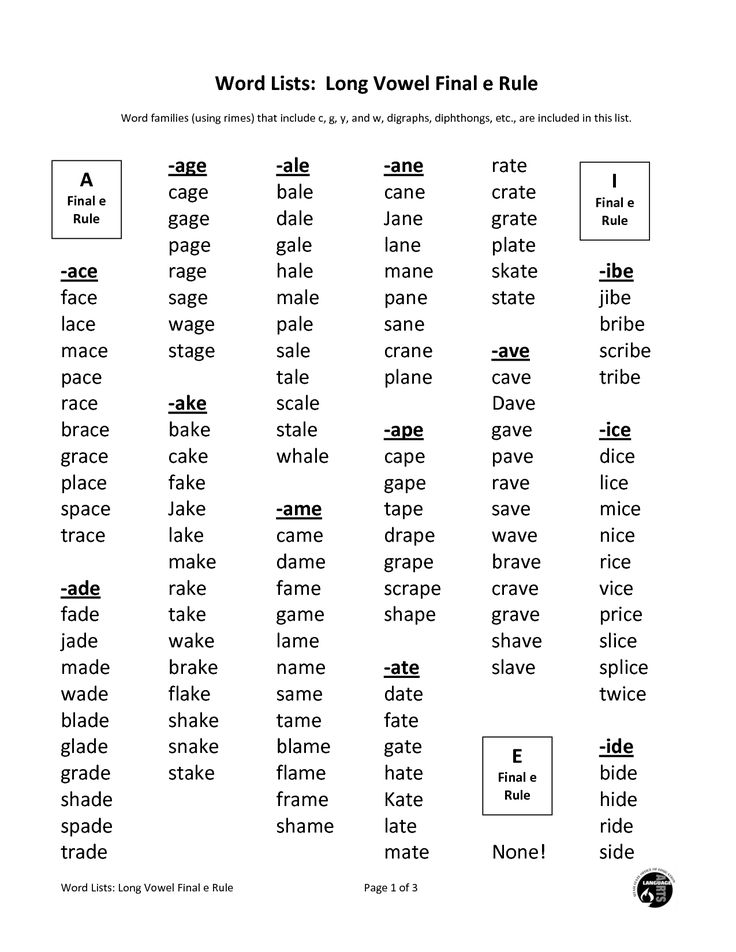 Each person must visit this site and download their own copy for use. Please share with others by using the social share links provided or by distributing the link to the blog post.
Each person must visit this site and download their own copy for use. Please share with others by using the social share links provided or by distributing the link to the blog post.
Do not share or reproduce our resources on the web, publish to a shared drive, email the file, or make photocopies for anyone outside your own home or classroom. This allows us to keep making free resources for everyone! If you have any questions, please email us. Thank you!
Long and short vowels in English
Longitude is one of the characteristics of a vowel sound, which shows the relative duration of its sound compared to other sounds.
Longitude can be positional and phonemic. In the first case, the duration of the vowel depends on the position in the word and stress, while this characteristic does not affect the meaning. The phonemic length of a vowel has a semantic function, that is, depending on the length of the sound, the meaning of the word changes.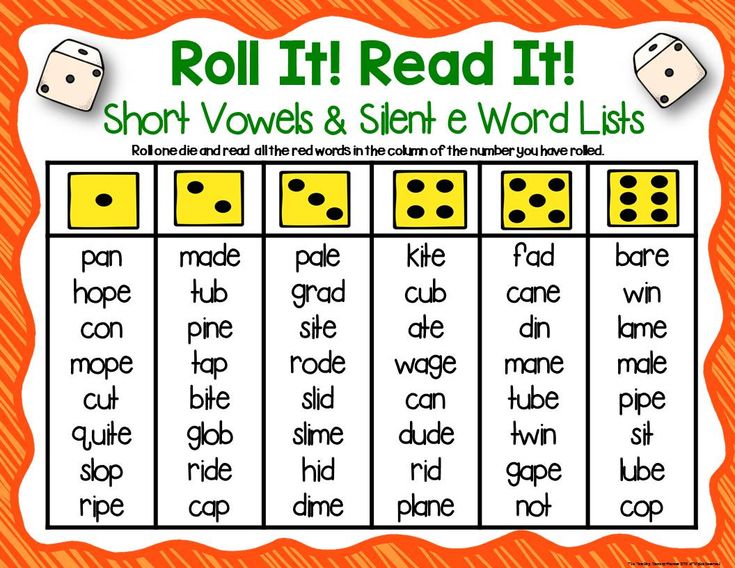
Length of vowel sounds in English
In Russian, the length of vowel sounds does not affect the meaning of words and changes only depending on stress. In English, vowels differ not only in positional but also in phonemic length. This means that long and short sounds, similar in other characteristics, represent different phonemes. Words that differ only in these phonemes have different meanings: ship - sheep , fit - feet , pull - pool . Therefore, it is so important to pronounce long and short sounds correctly.
In transcription, long vowels are indicated with a colon: [i:], [α:], [ɔ:], [u:], [ә:]. In some cases, long vowels in an unstressed position are reduced and become semi-long, which in transcription is indicated by one dot from above: [α ].
The long vowels listed above are opposed to short vowels, forming the following pairs in English:
- [i:] - [ı]
- [uː] - [u]
- [ɔ:] - [ɒ]
- [α:] - [ʌ]
- [ә:] - [ə]
The pronunciation of long and short English vowels often causes difficulties for Russian learners of English, since in Russian vowels do not have phonemic longitude, and we are not used to distinguishing the length of a vowel sound by ear.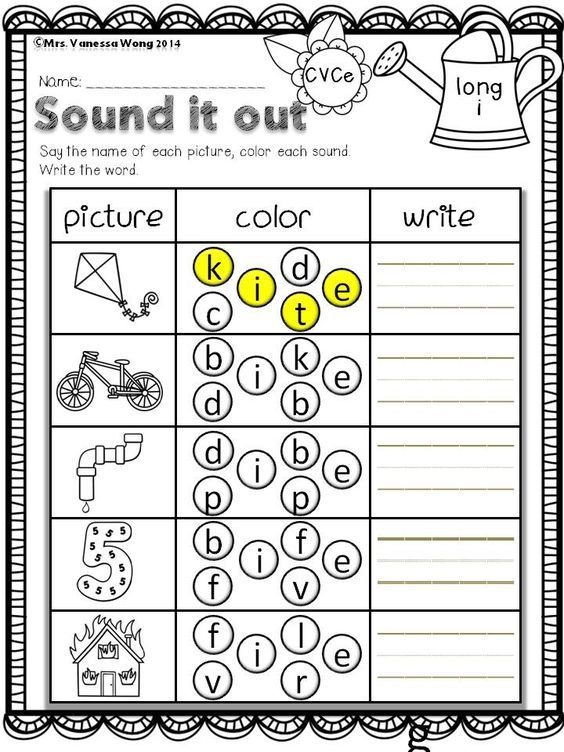 We often do not hear the difference between long and short vowels when listening to English speech. It is still not clear how long you need to draw a sound when speaking, so very unnatural, or almost inaudible, or too long vowels are obtained. It is impossible to correctly pronounce short and long sounds so that a native speaker hears the difference, even if you diligently shorten short vowels and stretch out long ones.
We often do not hear the difference between long and short vowels when listening to English speech. It is still not clear how long you need to draw a sound when speaking, so very unnatural, or almost inaudible, or too long vowels are obtained. It is impossible to correctly pronounce short and long sounds so that a native speaker hears the difference, even if you diligently shorten short vowels and stretch out long ones.
Sometimes it seems that native speakers themselves do not know the difference between short and long sounds, they seem to pronounce them the same way - but they themselves understand each other. But it's not. Let's see what are the differences between long and short English vowels, how to learn to hear them and how to train their pronunciation.
Differences between long and short English sounds
It is logical to assume that if vowels are called long or short, they differ in sound length. This is the main difference between them, but not the only one.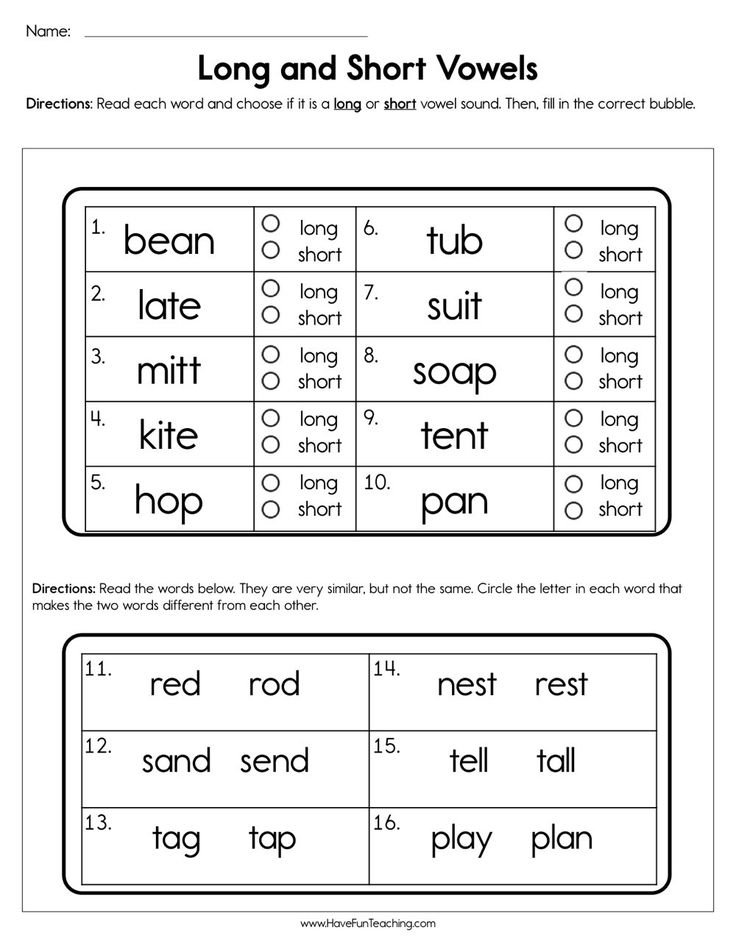 It is important to understand that long and short sounds have other differences, which consist in articulatory features. This means that the sounds are not just of different lengths, they are also different in sound. And most often it is these articulatory features that determine the length of the vowel sound: the duration of the sound depends on the position of the tongue and the tension of the vocal apparatus.
It is important to understand that long and short sounds have other differences, which consist in articulatory features. This means that the sounds are not just of different lengths, they are also different in sound. And most often it is these articulatory features that determine the length of the vowel sound: the duration of the sound depends on the position of the tongue and the tension of the vocal apparatus.
Long and short English vowels differ in such a characteristic as tension. Long vowels are tense, in English they are also called tense . When they are pronounced, the root of the tongue seems to be tense, under tension. The sound is pronounced, bright, rich, clear.
Short vowels are called lax – relaxed. The tongue in the region of the root is relaxed, the vowel sound is articulated quickly, easily, without additional effort, as if bursting. It turns out short, inconspicuous, faded and fuzzy.
Qualitative differences in sounds in different pairs of English vowels range from pronounced to almost imperceptible. It is easy to notice the difference between long and short sounds a: pay attention to how the words cart and cut are pronounced, they differ not only in duration, but also in sound. But the differences between long and short u are almost imperceptible: pool and pull sound very similar, only slightly different in length. The Scots generally pronounce them the same way, differing only in context.
It is easy to notice the difference between long and short sounds a: pay attention to how the words cart and cut are pronounced, they differ not only in duration, but also in sound. But the differences between long and short u are almost imperceptible: pool and pull sound very similar, only slightly different in length. The Scots generally pronounce them the same way, differing only in context.
In addition, the duration of the pronunciation of vowels is also affected by positional longitude - for example, stressed or unstressed position in a word. As a result, a short vowel sound in one word may sound longer than a long sound in another word.
Thus, it is not enough to rely only on the subjective duration of a vowel sound. All the features of short and long vowels described above must be taken into account when learning English. It remains to understand how to master the pronunciation of long and short sounds in practice.
How to learn to pronounce long and short English vowels
The main mistake foreigners make when pronouncing long and short English sounds is focusing only on duration.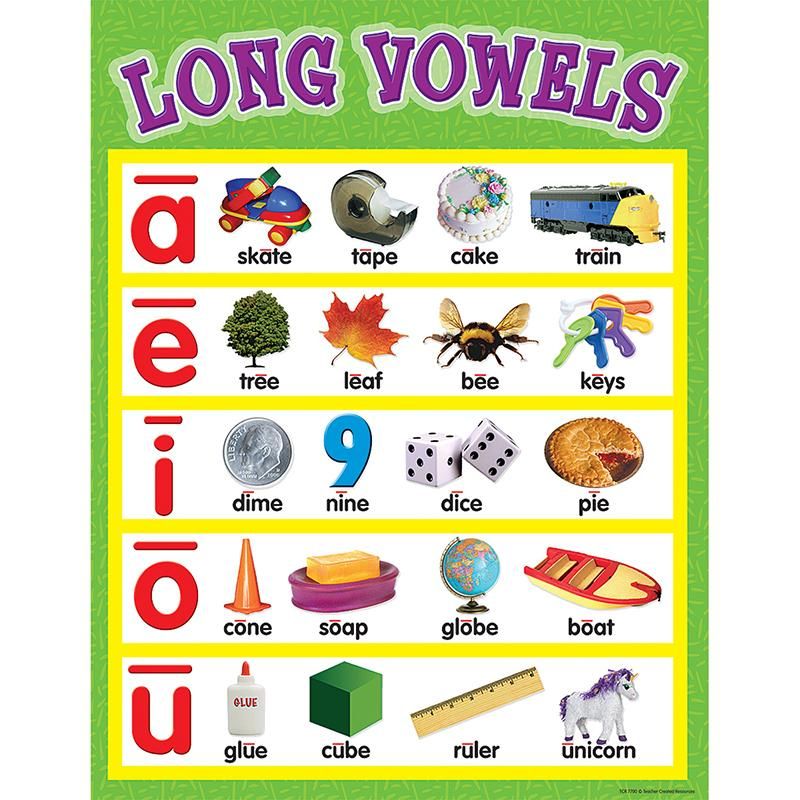 But with this approach, it is intuitively incomprehensible where the boundary between a long and a short sound passes: you can’t measure the length of a sound with a stopwatch. When trying to artificially lengthen or shorten a vowel, the sounds are unnaturally short or drawn out.
But with this approach, it is intuitively incomprehensible where the boundary between a long and a short sound passes: you can’t measure the length of a sound with a stopwatch. When trying to artificially lengthen or shorten a vowel, the sounds are unnaturally short or drawn out.
To learn how to pronounce long and short English sounds, you need to forget about the usual terminology "long" and "short". Try not to think about the duration of the sound at all. To correctly pronounce long and short vowels, you need to focus on their articulation, and not on duration. If we correctly reproduce the pronunciation of the vowel, then the duration will turn out to be correct automatically. Remember that long vowels require more tension at the root of the tongue, while short ones are pronounced without additional effort, easily and without tension.
Pay attention to how native speakers pronounce vowels - don't watch how long they draw them out, but watch the pronunciation, the articulation, the quality of the sound.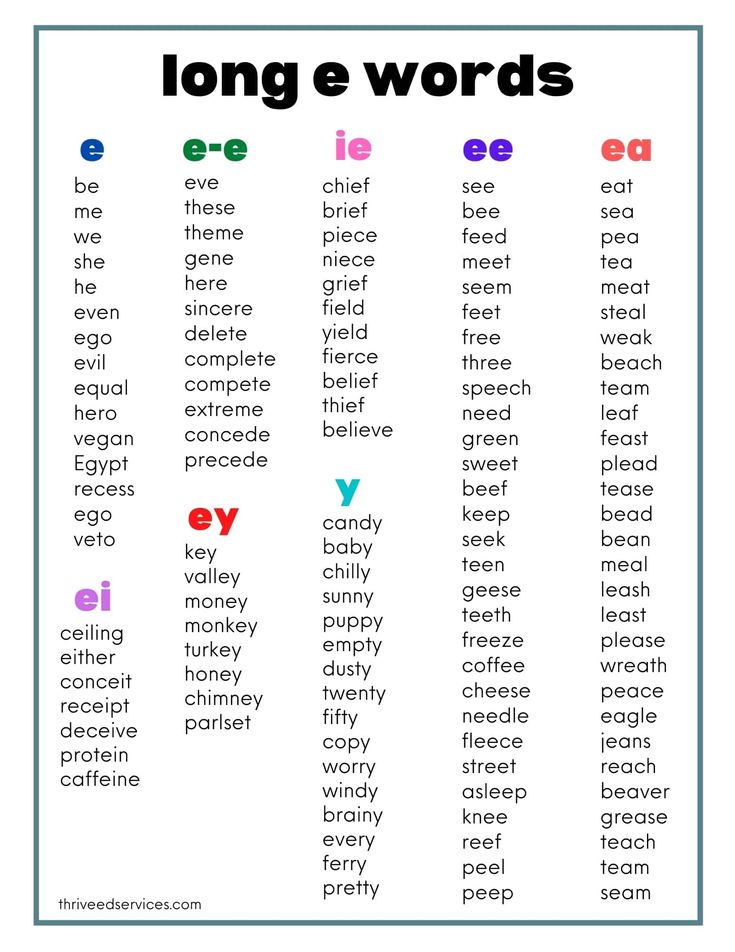 Repeat, imitate, practice. For practice, it is best to use video lessons or a conversation with a native speaker, since audio materials do not make it possible to see articulation.
Repeat, imitate, practice. For practice, it is best to use video lessons or a conversation with a native speaker, since audio materials do not make it possible to see articulation.
It is best to train long and short sounds not separately, but as part of words. First, this way you will note the influence of positional longitude on the duration of the sound in specific examples. Secondly, just as words are best learned in context, sounds are also best learned in the environment.
Practice pronunciation of long and short vowels in pairs of words to notice the difference between sounds, for example:
- Sport – hot
- Arm-cut
- See-hit
- Food-put
- Fur – ago
When you learn how to pronounce long and short vowels correctly in English, it will become easy to distinguish between them in speech. When listening to speech, forget about the differences in duration, pay attention to the qualitative differences in sounds - how intensely the vowel is pronounced, how bright or faded it sounds, how pairs of sounds differ from each other, except for duration.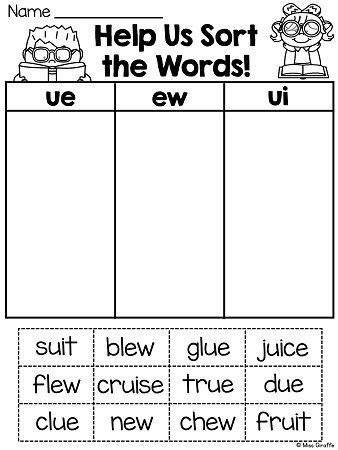
Vowel sounds and letters. How many are there in Russian?
Free introductory lesson in Russian
Enroll
The correct pronunciation of words is one of the components of beautiful and literate speech. To achieve this, you will first have to study the sounds themselves. In this article, we will figure out together what vowel sounds are, how many vowels are in the alphabet of the Russian language, and what sounds they can represent.
What are vowels and sounds
Vowel sounds are those sounds that we freely convey with our voice. Hence their name comes from: voice means "voice". When pronouncing, air exits through the mouth and does not create noise, and the position of the tongue and lips determines which vowel sound we will pronounce.
There are much fewer vowels in Russian than consonants. There are 6 of them in total: [a], [o], [i], [s], [y] and [e]. To understand whether a vowel sound is in front of you or not, try to sing it. For example:
To understand whether a vowel sound is in front of you or not, try to sing it. For example:
-
a-a-a ,
-
woo
-
ss .
If it works, then the sound is a vowel. You can't do that with consonants.
There are more vowels than sounds - there are 10 of them: a, i, u, u, o, e, e, e, i, s . This difference is due to the fact that some of these letters can represent two sounds and are pronounced using a combination of a vowel and a consonant [y']. For example, in word spruce the letter e expresses two sounds - [y'] and [e]. Let's look at the table all the vowel sounds and the letters that represent them.
| Letter | Sound | Example |
|---|---|---|
| a | [a] | pharmacy |
| i | [a] [d'] + [a] | change anchor |
| at | [y] | moon |
| [y] [y'] + [y] | love skirt | |
| about | [o] [a] | horse milk |
| e | [e] [y'] + [e] [and] | victory raccoon great |
| e | [o] [d'] + [o] | rope hedgehog |
| e | [e] | evolution |
| and | [and] [s] | caviar life |
| s | [s] | choice |
Demo lesson in Russian
Take the test at the introductory lesson and find out what topics separate you from the "five" in Russian.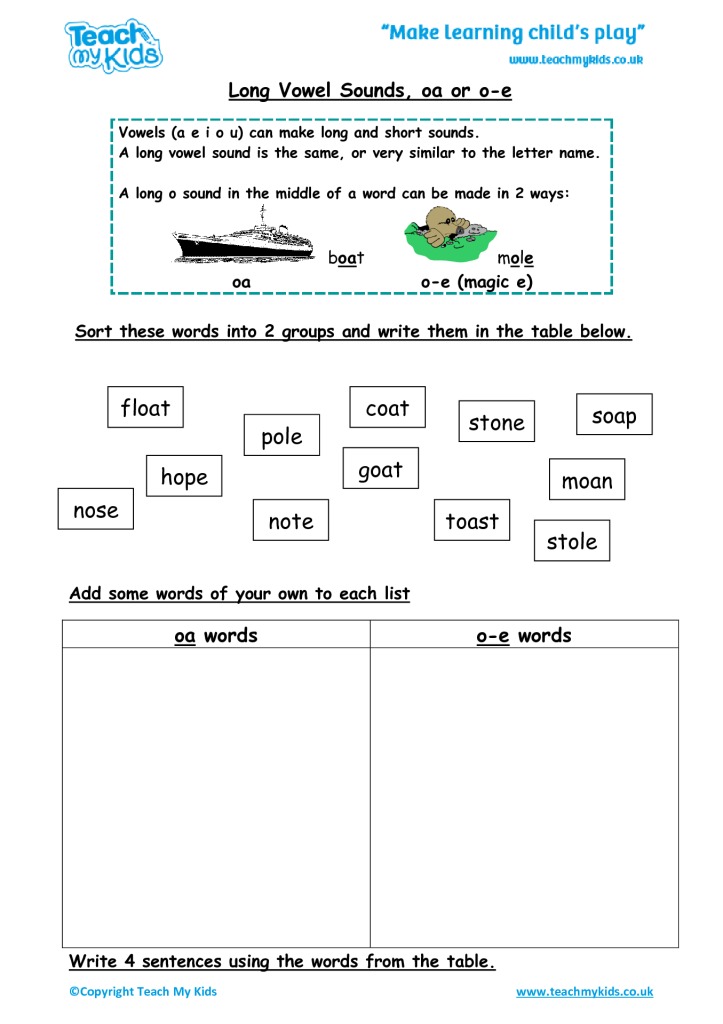
How vowel sounds are related to syllables
Vowel sounds form syllables - sound segments of words that we pronounce with one breath. One syllable can be either a vowel with one or more consonants, or a vowel alone. There is even a rule by which syllables can be counted: how many vowels in a word - so many syllables.
For example, in the word journey there are 5 vowels: [u], [i], [e], [i] and [e]. This means that it has 5 syllables: p-te-she-stvi-e .
Test yourself!
Count the number of syllables in the words: try on, tanner, well-groomed, care, prefix, capital, wet, invitation, orange .
Vowel sounds and stress
Now let's see what groups vowel sounds are divided into. Sometimes their pronunciation depends on whether the stress falls on them, that is, whether we single them out with our voice. So vowel sounds are divided into stressed and unstressed. Here are some examples:
| | | |
|---|---|---|
| | | |
| | | |
| | | |
Stress in Russian can fall on any of the existing vowel sounds.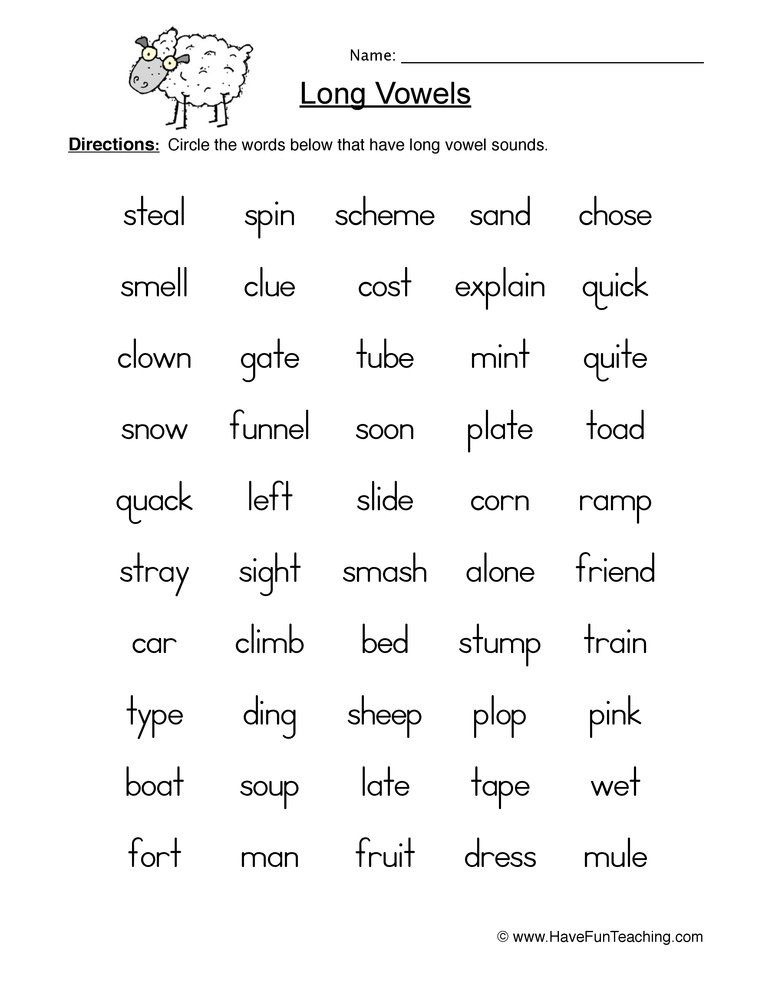 However, only 4 of them can be unstressed - these are [a], [i], [y] and [s]. In this position, we pronounce sounds weaker than under stress, because of which they can change qualities and sound differently.
However, only 4 of them can be unstressed - these are [a], [i], [y] and [s]. In this position, we pronounce sounds weaker than under stress, because of which they can change qualities and sound differently.
Interestingly, the vowels [o] and [e] can only be stressed. There are only a couple of exceptions to this rule: for example, in words cocoa and canoe sounds [o] and [e] in an unstressed position.
How unstressed vowels are related to consonants
How an unstressed vowel sounds depends on the consonant that precedes it. Or rather, from its hardness or softness. If it is a hard consonant, it can be followed by unstressed vowels [y], [a] and [s]. When we talk about a soft consonant, it is followed by unstressed vowels [y] and [and].
| | |
|---|---|
| | |
| | |
| | |
Free English lessons with a native speaker
Practice 15 minutes a day.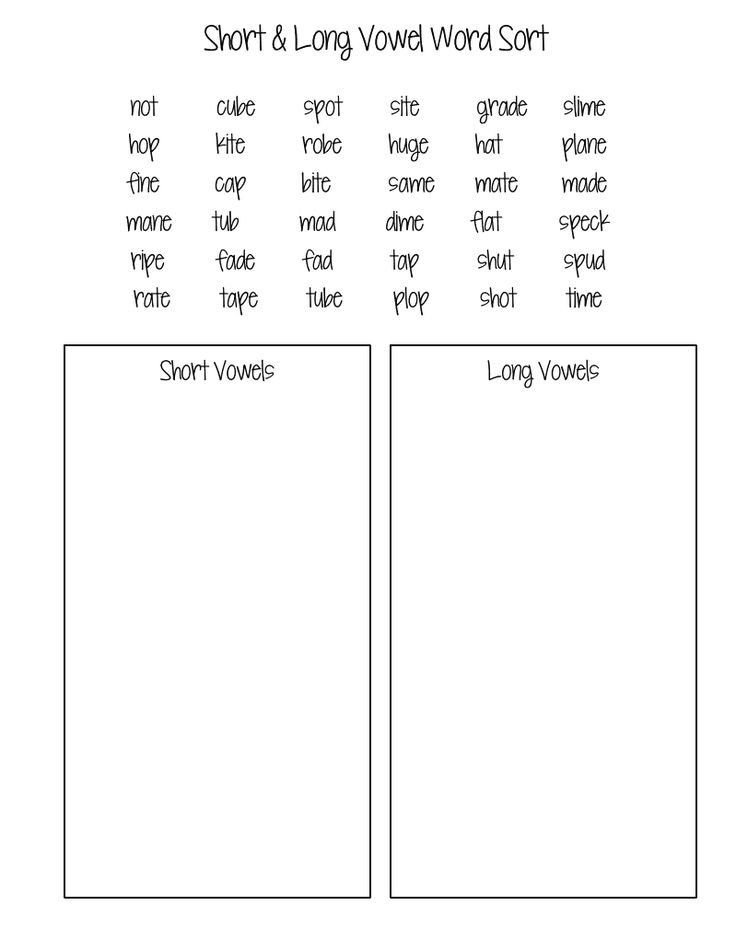 Learn English grammar and vocabulary. Make language a part of life.
Learn English grammar and vocabulary. Make language a part of life.
Test yourself
It's time to find out if you now understand well what vowel sounds are in Russian. To do this, we have prepared tasks for self-examination.
Task 1
List all the vowels in these words:
fair,
rejoice,
doll,
distant,
buddy,
voting,
mirror,
story,
OK,
captivate.
Task 2
Name 5 words each in which the sounds [a], [i], [y] and [s] would be stressed.
Task 3
Name 5 words in which an unstressed vowel would come after a hard consonant and 5 more words where it would follow a soft consonant.
Task 4
Count the number of syllables in the words below (don't forget to use the rule you learned at the beginning of the article!):
-
weightless,
-
sunrise,
-
adventure,
-
painter,
-
perpetuate,
-
nice,
-
image,
-
category,
-
exciting,
-
melting,
-
snowflake.
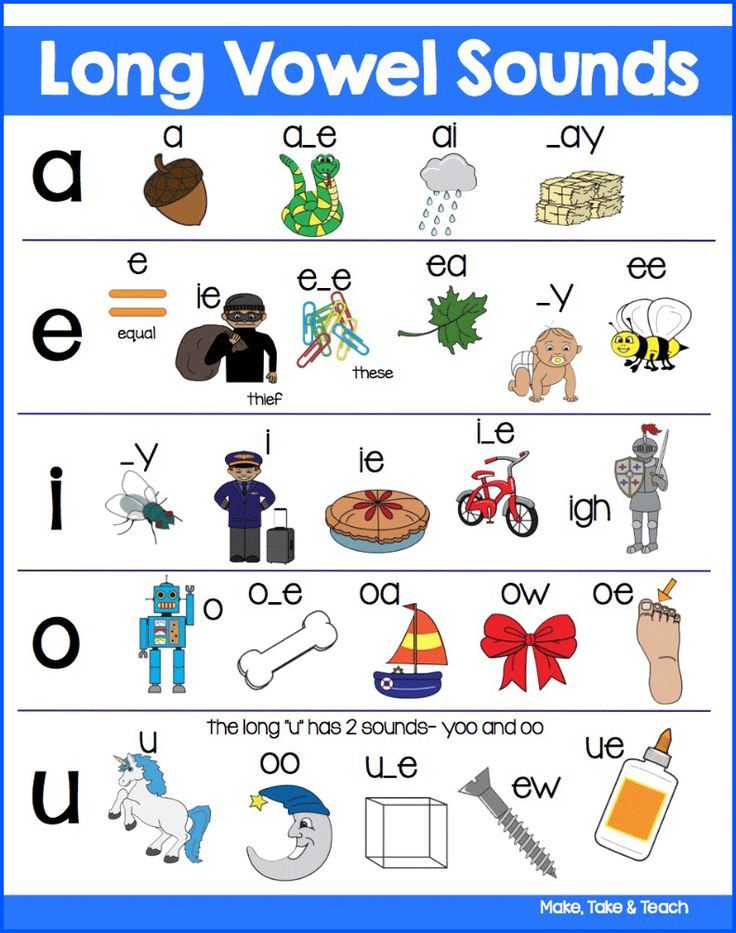
Learn more

